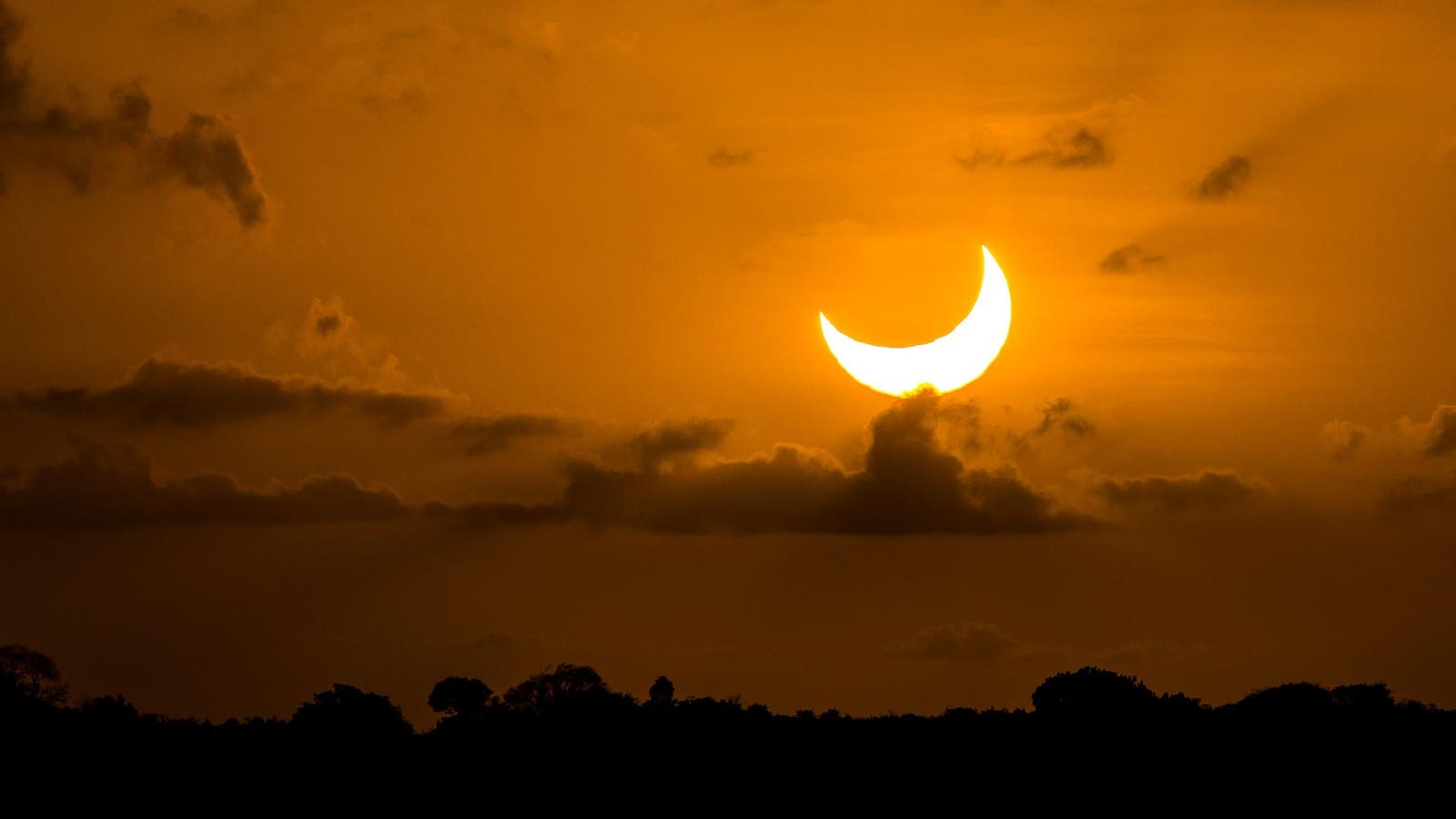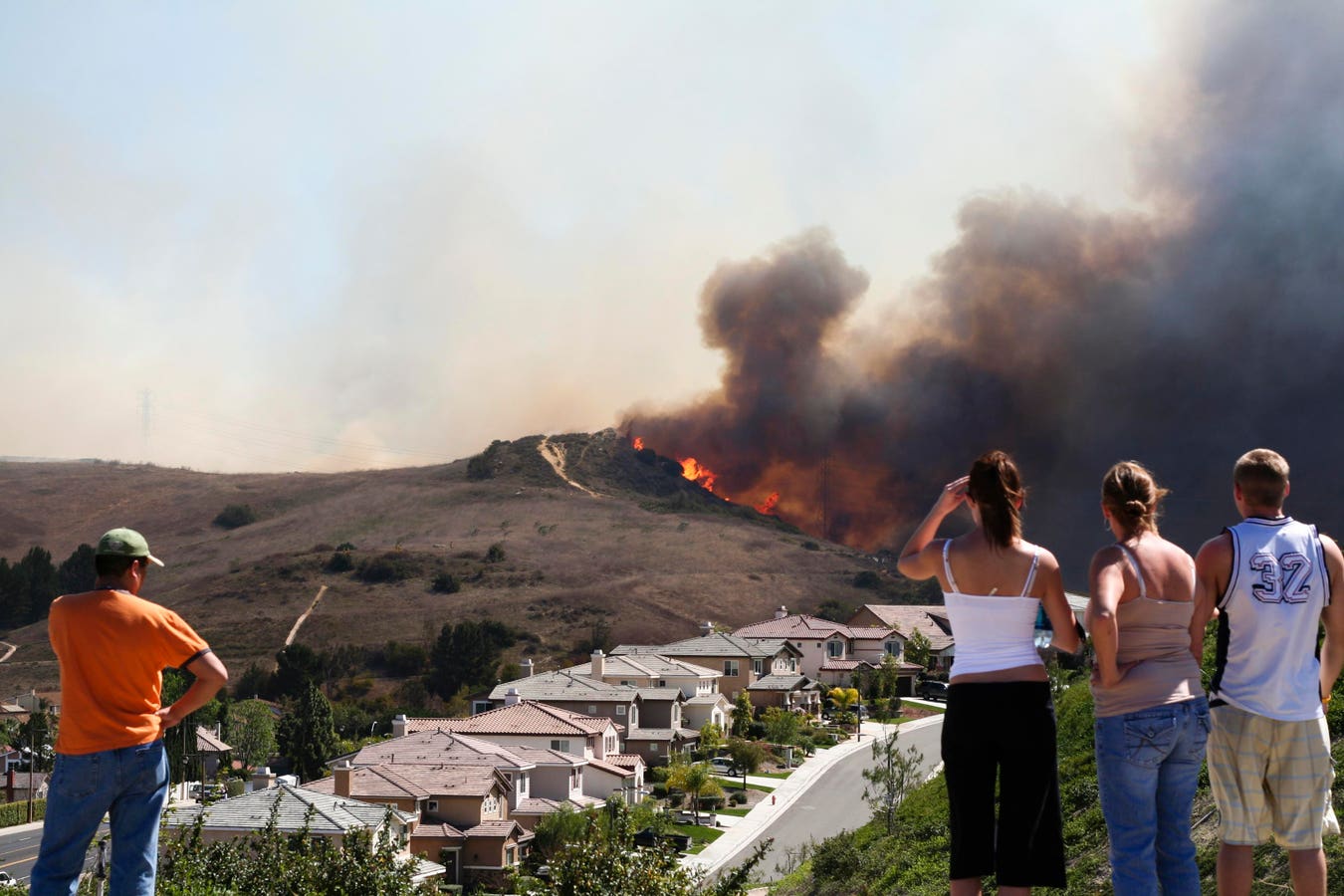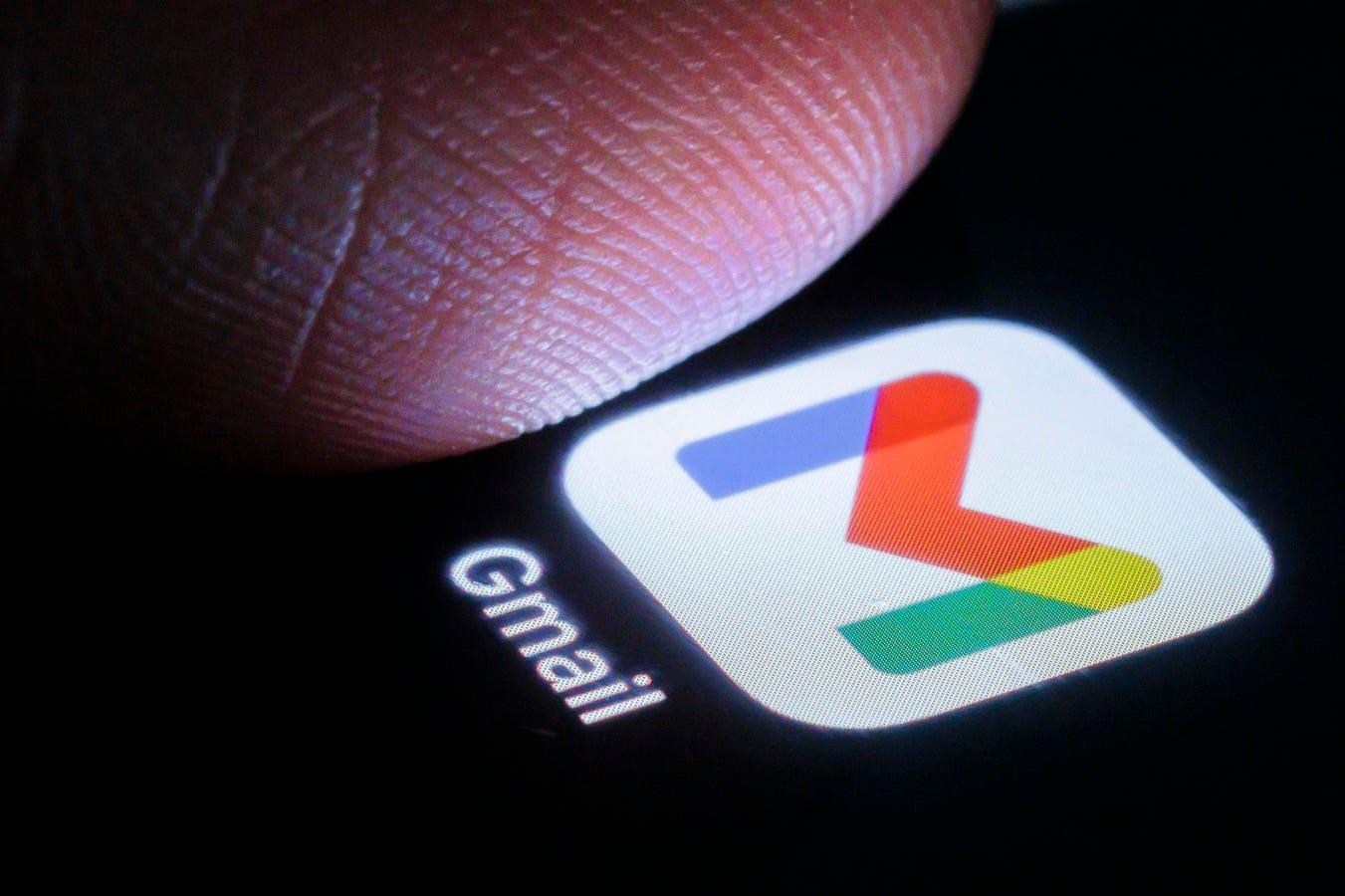Topline
A deep solar eclipse will occur at sunrise as seen from the Southern Hemisphere this weekend. In the wake of a partial solar eclipse in North America on March 29, skywatchers in New Zealand, Antarctica and the South Pacific who get up early will see up to 86% of the sun’s disk blocked by a new moon — a rare event.
Partial Solar Eclipse of October 14, 2023 during sunset as seen from Natal, a city in Brazil.
getty
Key Facts
This partial solar eclipse occurs on Sept. 21-22, 2025, lasting from 17:29 to 21:53 UTC (1:29–5:53 p.m. EDT). It will be seen at sunrise on Monday, Sept. 22, from New Zealand, Antarctica and some South Pacific islands. It will not be visible from Europe or North America.
Up to 86% of the sun will be obscured from Antarctica, with as much as 82% from New Zealand’s South Island. As with all partial solar eclipses, only certified solar eclipse glasses or telescope filters will need be used to safely view the event.
In New Zealand and parts of Antarctica, the eclipse coincides with sunrise, producing the rare sight of a partially eclipsed crescent sun appearing on the horizon. The eclipse will be streamed live on YouTube by Timeanddate.com via astronomers from the Dunedin Astronomical Society in New Zealand’s South Island, where the eclipsed sun will rise at 6:27 a.m. NZST.
The eclipse takes place less than 24 hours before the September equinox (18:19 UTC on Sept. 22), when 12 hours of day and night will be experienced across the planet.
The U.S. Naval Observatory’s map for the partial solar eclipse on Sept. 21/22, 2025.
U.S. Naval Observatory
Where To See The Partial Solar Eclipse
This eclipse will take place entirely within the Southern Hemisphere, with visibility limited to 18 countries — American Samoa, Antarctica, Australia, Cook Islands, Fiji, French Polynesia, Kiribati, New Caledonia, New Zealand, Niue, Norfolk Island (Australia), Samoa, Solomon Islands, Tokelau, Tonga, Tuvalu, Vanuatu, Wallis and Futuna. According to Timeanddate.com, about five million people will see at least a 50% eclipse.
Top locations in New Zealand include Stewart Island (73% at 7:14 a.m. NZST), Aoraki Mackenzie Dark Sky Reserve (70%), Christchurch (69%), and Auckland (61%). McMurdo Station (69%) and Zucchelli Station (72%) in Antarctica will also see the eclipse. From the South Pacific Islands, a smaller eclipse will be seen at sunrise, including from Fiji (27%), Tonga (32%) and Tahiti (8%).
Stewart Island, New Zealand at sunrise.
getty
Total Vs. Partial Solar Eclipse
Unlike during a total solar eclipse, a partial solar eclipse sees only part of the sun’s disk blocked by the moon. During a total solar eclipse, there’s a narrow path of totality projected onto Earth by the moon’s dark central shadow (its umbra). Locations inside the path of totality experience a total solar eclipse and those outside of it a partial solar eclipse. During a partial solar eclipse, the umbra misses Earth, with only the penumbra — the moon’s outer, fuzzier and lighter shadow — striking Earth.
When Is The Next Solar Eclipse?
The next solar eclipse after Monday’s is an annular solar eclipse on Feb. 17, 2026. A form of partial solar eclipse, up to 92% of the sun will be blocked by a new moon, creating a “ring of fire” for 2 minutes and 20 seconds. It will only be seen from Antarctica and the Southern Ocean south of Australia. On Aug. 12, 2026, a total solar eclipse will see a path of totality pass across northern Russia, eastern Greenland, western Iceland and northern Spain. Totality will peak at 2 minutes 18 seconds off the coast of Iceland.








